Fondation Beyele
now through January 2

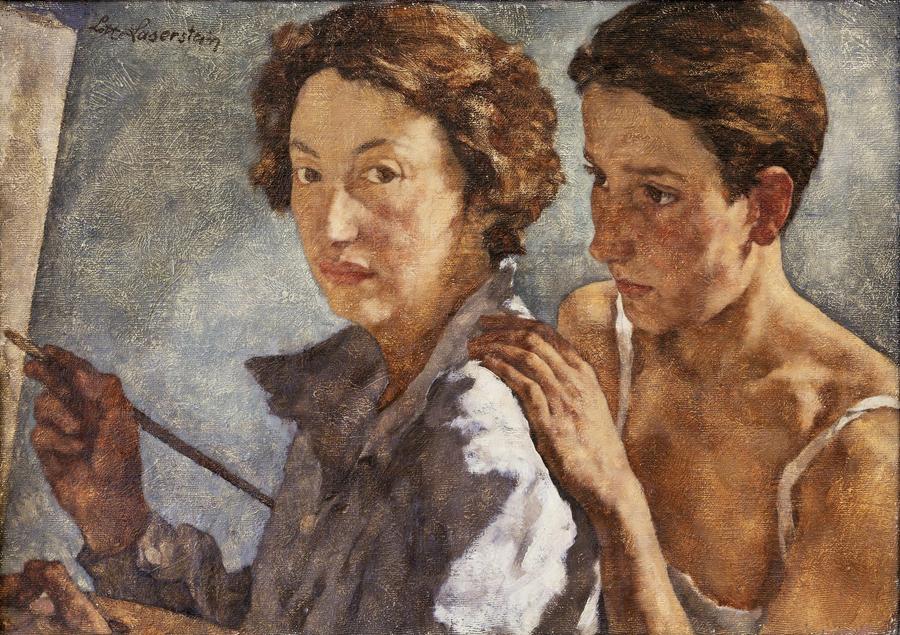
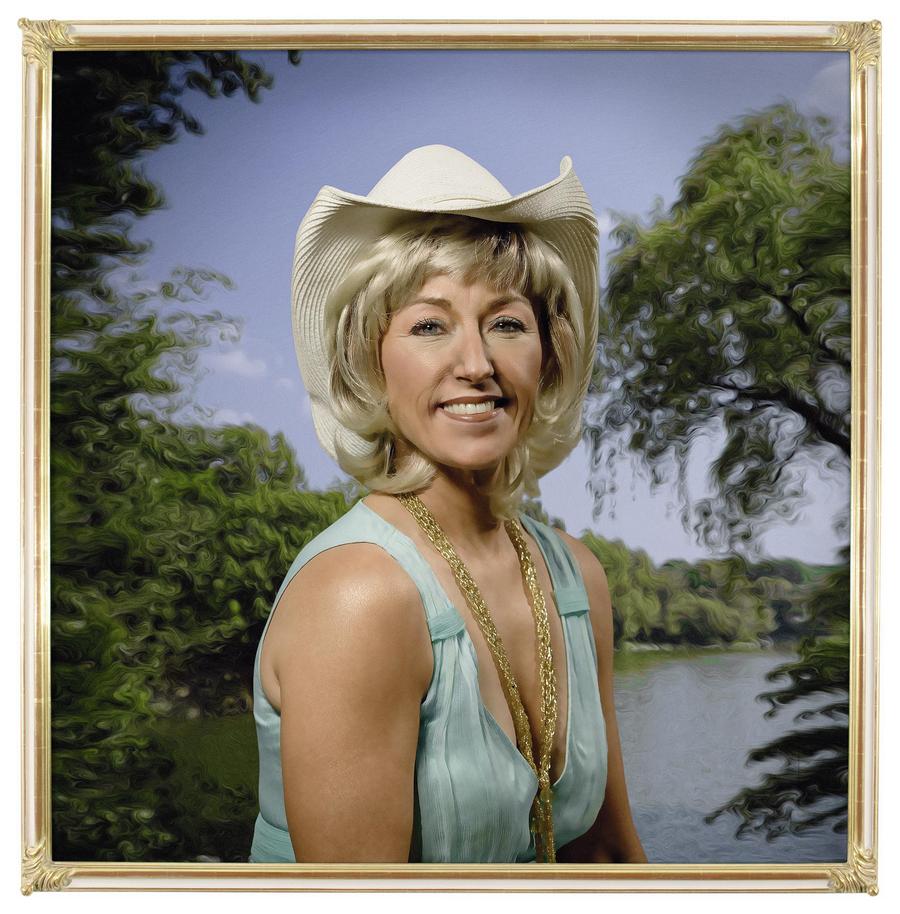
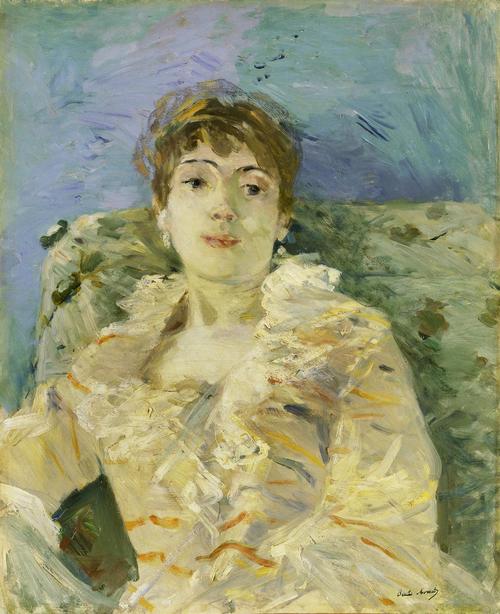
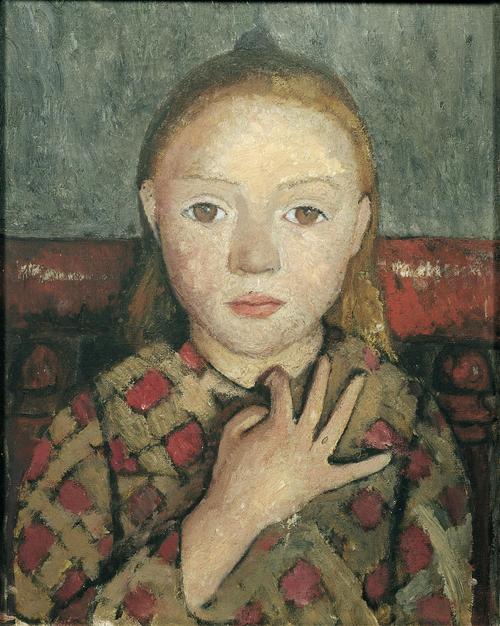
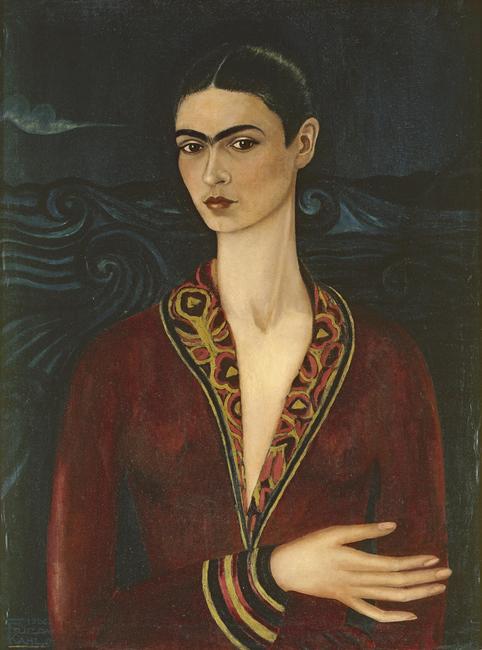
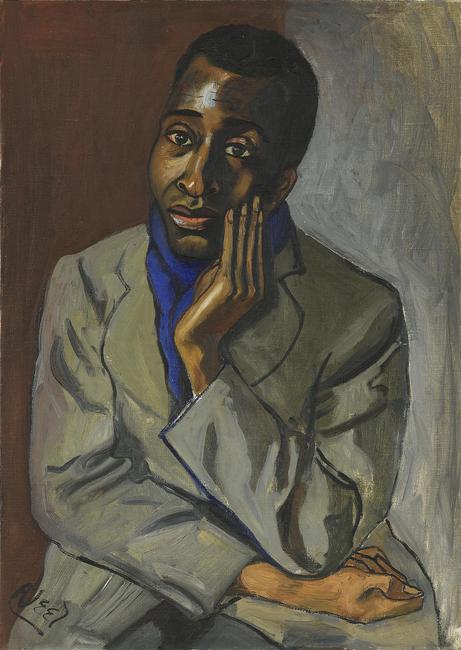
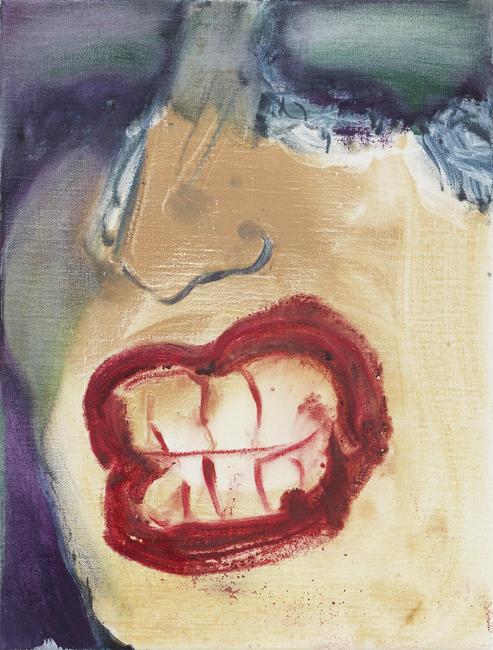
“CLOSE-UP” brings together nine women artists whose work shares a focus on the depiction of the human figure in the form of portraits and self-portraits, and who occupy prominent positions within the history of modern art from 1870 to the present day. The exhibition, on view now through January 2 at Fondation Beyeler in Switzerland, centers on the artists’ specific perception, on their personal vision of the world that finds expression in the portraits of themselves and others. By juxtaposing these artists, it becomes possible to understand how the artists’ view of their subject shifts between the second half of the 19th century and today, and to appreciate what is reflected in that view and what makes it significant.
The exhibition considers a period at the beginning of which it first became possible for women artists in Europe and America to become professionally active on a broad basis. It was also a time in which the notion of the portrait underwent a profound shift, along with a radical reassessment of the notion of the individual. Just as Impressionism ushered in a transformation of classical portraiture, so the beginning of the 20th century saw artists experiment with altogether relinquishing any notion of likeness. Subsequently, the portrait turned into a form of expression in which to explore new conceptions of subjectivity and new possibilities of representation. The artists featured in the exhibition provide an exemplary illustration of this trajectory. While the exhibition does not intend to provide a history of portraiture since the inception of modernity, each of the artists’ bodies of work presents a specific form of portraiture that is rooted in and arises from their respective time.
The exhibition opens with Berthe Morisot (1841–1895) and Mary Cassatt (1844–1926). The two artists helped shape Impressionism and became important role models for subsequent generations of women painters. The works of Paula Modersohn-Becker (1876–1907) featured in the exhibition were created between 1900 and 1907, the years of her exceptionally intense and promising early work, which came to an abrupt end with the artist’s death in childbirth in November 1907. Thirty years stand between her and Morisot and Cassatt, and artistically speaking Modersohn-Becker occupies a different position, figuring among the first who may be considered pioneers of modernism. With Lotte Laserstein (1898–1993), the exhibition shifts its focus from Paris to 1920s Berlin. Her portraits feature types of everyday modern life, in particular the “New Woman” whose image was then propagated in photography, magazines and film.
The work of Frida Kahlo (1907–1954) probably presents the most complex form of the portrait, and more particularly the self-portrait, in the exhibition. Kahlo’s self-portraits are unmistakably representations of the artist, yet they do not attempt to capture the real self. Rather, they are highly constructed self-portraits, but no less authentic for being so. Though belonging to the same generation as Lotte Laserstein and the slightly younger Frida Kahlo, Alice Neel (1900–1984) represents a completely different position both historically and artistically. Unlike many of her American fellow artists, Neel did not choose the path of abstraction and remained true to figuration. Nor did she distance herself from her models or take an ironic view of them. She created realistic portraits, painted from live models or from memory, aiming to capture the character of an individual.
A new section of the exhibition begins with Marlene Dumas (*1953), followed by Cindy Sherman (*1954) and Elizabeth Peyton (*1965), as contemporary portraiture takes centre stage with three very different positions. Common to all three artists is the fact that their perception and experience of reality are shaped and influenced by the mass media and the power of its imagery. Each of their approaches to portraiture expresses this in a different way.
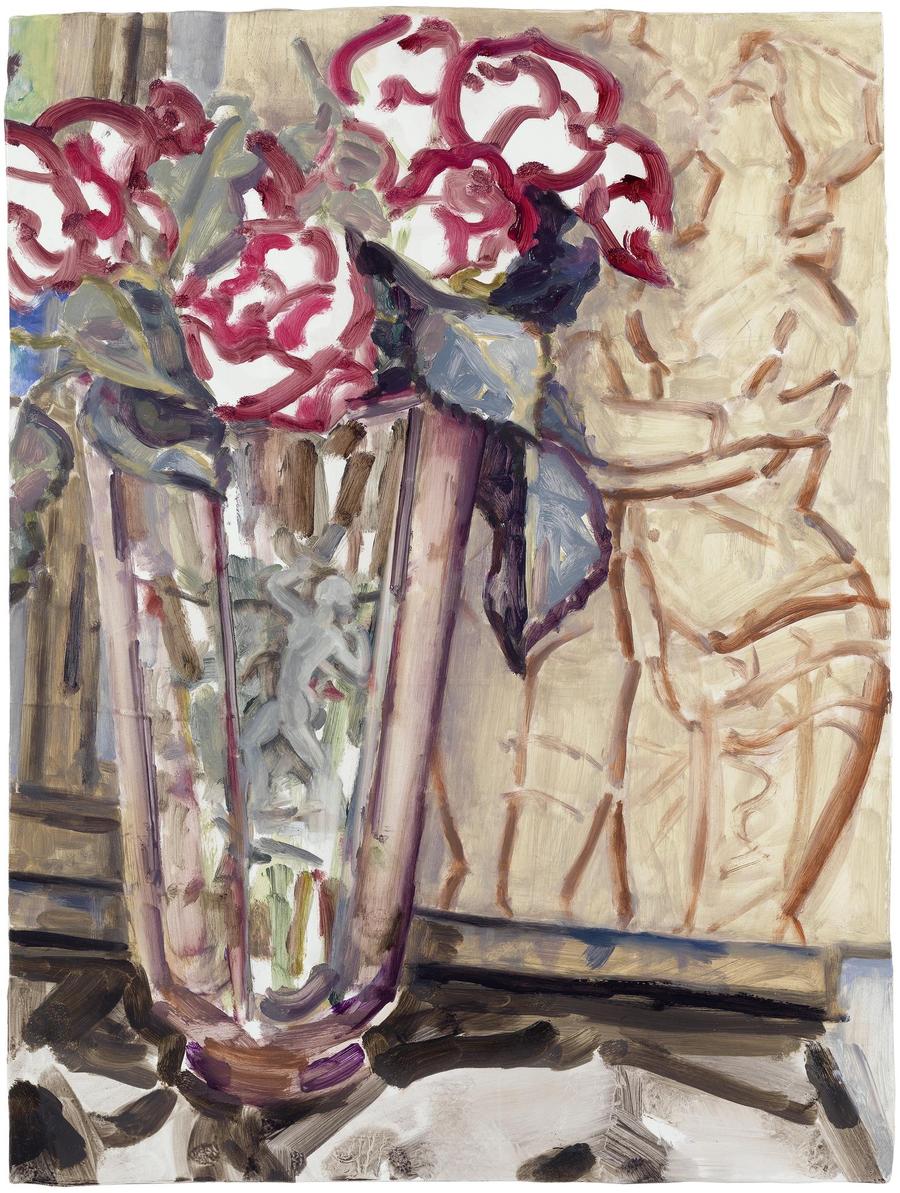
With around 100 loans from international museums and private collections in Europe, the United States and Mexico, the exhibition provides unexpected and unique perspectives on the history of portraiture and the artists’ journeys.
The exhibition is rounded off by a series of short films featuring nine acclaimed international actresses: Irène Jacob, Martina Gedeck, Luna Wedler, Meret Becker, Ángela Molina, Bettina Stucky, Romana Vrede, Maria Furtwängler and Valerie Pachner, inviting viewers to discover the artists’ complex and diverse personalities from another vantage point. Soon to be available on www.fondationbeyeler.ch
The exhibition catalogue is published in German and in English by Hatje Cantz Verlag, Berlin. With 342 pages, it features essays on each of the artists by Tere Arcq and Hilda Trujillo, Tamar Garb, Peter Geimer, Donatien Grau, Anna-Carola Krausse, Sylvie Patry, Uwe M. Schneede, Jennifer A. Thompson and Theodora Vischer.